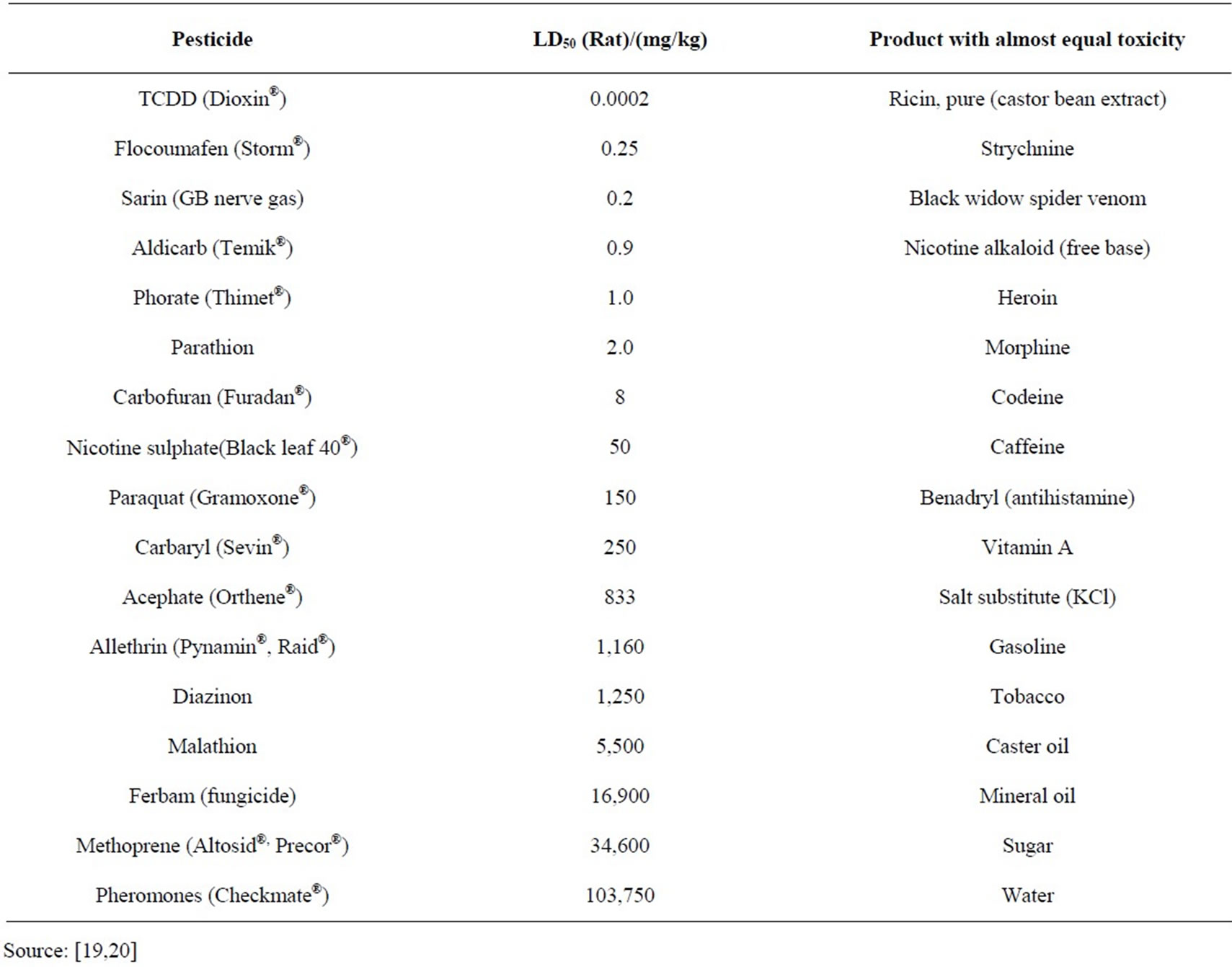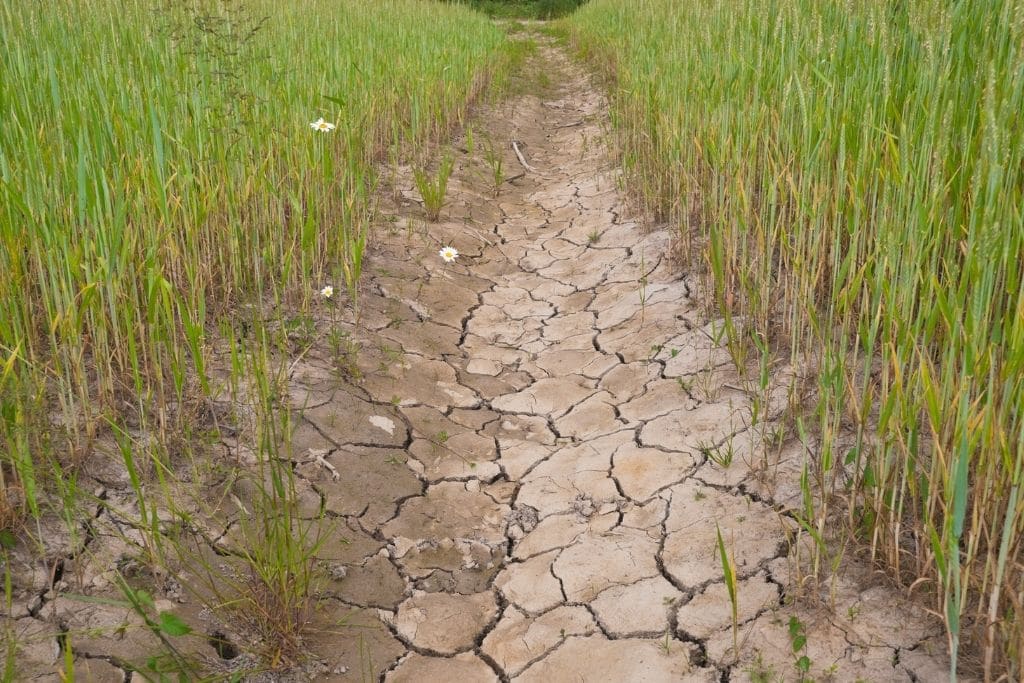
The Waste Water Treatment Market
The Waste Water treatment market is projected to grow at a CAGR of 5.6% during the forecast period 2024-2032.
Global Waste Water Treatment Market
Global Waste Water Treatment Market size plays a crucial role in environmental protection and sustainable development by treating wastewater to remove contaminants before it is discharged into water bodies or reused for various purposes. With increasing urbanization, industrialization, and water scarcity concerns, the demand for effective wastewater treatment solutions is on the rise globally. In this comprehensive analysis, we delve into the dynamics of the Waste Water Treatment Market, exploring market insights, key players, challenges, opportunities, and concluding with a perspective on its future trajectory.
Prominent players in the wastewater treatment service market include
- Veolia
- SUEZ
- Xylem Inc.
- Ecolab
- Thermax Group
- Pentair
- Evoqua Water Technologies
- WOG Technologies
- Golder Associates
- SWA Water Australia
Market Insights:
- Growing Environmental Concerns: Increasing pollution levels, water scarcity, and regulatory pressures are driving the demand for wastewater treatment solutions worldwide.
- Urbanization and Industrial Growth: Rapid urbanization and industrial expansion are contributing to the generation of large volumes of wastewater, necessitating efficient treatment and management practices.
- Technological Advancements: Innovations in wastewater treatment technologies, such as membrane filtration, biological treatment, and advanced oxidation processes, are enhancing treatment efficiency, reducing costs, and expanding application possibilities.
- Water Reuse and Resource Recovery: The emphasis on water reuse and resource recovery from wastewater is driving the adoption of advanced treatment processes, such as membrane bioreactors, reverse osmosis, and nutrient recovery systems, to maximize resource utilization and minimize environmental impact.
Market Trends:
- Focus on Circular Economy: The transition towards a circular economy is driving the adoption of resource-efficient and sustainable wastewater treatment solutions that promote water reuse, energy recovery, and nutrient recycling.
- Decentralized Treatment Systems: Decentralized wastewater treatment systems, such as packaged plants, modular systems, and on-site treatment units, are gaining popularity due to their flexibility, scalability, and cost-effectiveness, particularly in remote or underserved areas.
- Smart Water Management: The integration of digital technologies, IoT sensors, and data analytics in wastewater treatment processes is enabling real-time monitoring, predictive maintenance, and optimization of plant performance, enhancing operational efficiency and reliability.
- Public-Private Partnerships: Collaboration between government agencies, private companies, and non-profit organizations is fostering innovation, investment, and capacity building in the wastewater treatment sector, driving market growth and sustainability.
Market Growth Factors:
- Stringent Environmental Regulations: Increasing regulatory requirements for wastewater discharge limits, water quality standards, and pollution control are driving investment in wastewater treatment infrastructure and technology upgrades.
- Population Growth and Urbanization: Rising population densities, urban expansion, and industrial development are driving the demand for wastewater treatment solutions to address the growing volume of wastewater generated in urban and industrial areas.
- Water Scarcity and Climate Change: Water scarcity concerns, coupled with the impacts of climate change, such as droughts, floods, and extreme weather events, are driving the adoption of water reuse and resilience-focused wastewater treatment solutions to ensure water security and sustainability.
- Investment in Infrastructure: Government initiatives, funding programs, and private sector investments in wastewater treatment infrastructure development, upgrades, and modernization projects are driving market growth and innovation in the wastewater treatment sector.
Regional Market Insights:
- North America: The North American Waste Water Treatment Market is driven by stringent environmental regulations, technological innovation, and increasing investment in water infrastructure projects. The United States and Canada are leading the adoption of advanced wastewater treatment technologies, with a focus on water reuse, nutrient removal, and energy recovery.
- Europe: Europe is a mature market for wastewater treatment solutions, with a strong emphasis on environmental sustainability and circular economy principles. Countries such as Germany, France, and the Netherlands are investing in advanced wastewater treatment technologies, decentralized systems, and resource recovery initiatives to achieve water quality goals and reduce environmental impact.
- Asia-Pacific: The Asia-Pacific region is experiencing rapid urbanization, industrialization, and population growth, driving the demand for wastewater treatment solutions. Countries such as China, India, and Japan are investing in wastewater infrastructure upgrades, decentralized treatment systems, and water reuse projects to address water scarcity and pollution challenges.
- Latin America: Latin America is an emerging market for wastewater treatment, with increasing investment in infrastructure development and environmental protection initiatives. Countries such as Brazil, Mexico, and Chile are focusing on improving wastewater treatment capacity, upgrading aging infrastructure, and implementing sustainable water management practices.
- Middle East and Africa: The Middle East and Africa region are investing in wastewater treatment infrastructure to address water scarcity, population growth, and environmental pollution. Countries such as Saudi Arabia, South Africa, and the United Arab Emirates are implementing desalination, wastewater reuse, and advanced treatment technologies to meet water demand and ensure environmental sustainability.
Types and Applications in the Waste Water Treatment Market:
The Water & Waste Water Treatment Technologies Market is Segmented by Type (oil/water Separation, Suspended Solids Removal, Dissolved Solids Removal, Biological Treatment/nutrient and Metals Recovery, Disinfection/oxidation, and Other Types), End-User Industry (municipal Water and Wastewater Treatment, Food etc.
Market Challenges:
- High Capital Costs: The high initial capital costs associated with wastewater treatment infrastructure and technology investments pose a challenge for project financing and implementation, particularly in developing countries and underserved communities.
- Operational Complexity: Wastewater treatment processes are complex and require skilled manpower, operational expertise, and maintenance to ensure optimal performance, reliability, and compliance with regulatory requirements.
- Public Perception and Stakeholder Engagement: Overcoming public resistance, NIMBY (Not In My Backyard) attitudes, and stakeholder concerns related to wastewater treatment plant siting, odor control, and environmental impacts is essential for project acceptance and community engagement.SDGs, Targets, and Indicators in the Article
1. Which SDGs are addressed or connected to the issues highlighted in the article?
- SDG 6: Clean Water and Sanitation
- SDG 9: Industry, Innovation, and Infrastructure
- SDG 11: Sustainable Cities and Communities
- SDG 12: Responsible Consumption and Production
- SDG 13: Climate Action
- SDG 17: Partnerships for the Goals
2. What specific targets under those SDGs can be identified based on the article’s content?
- SDG 6.3: By 2030, improve water quality by reducing pollution, eliminating dumping and minimizing release of hazardous chemicals and materials.
- SDG 9.4: By 2030, upgrade infrastructure and retrofit industries to make them sustainable, with increased resource-use efficiency and greater adoption of clean and environmentally sound technologies.
- SDG 11.6: By 2030, reduce the adverse per capita environmental impact of cities, including by paying special attention to air quality and municipal and other waste management.
- SDG 12.4: By 2020, achieve the environmentally sound management of chemicals and all wastes throughout their life cycle, in accordance with agreed international frameworks, and significantly reduce their release to air, water and soil in order to minimize their adverse impacts on human health and the environment.
- SDG 13.2: Integrate climate change measures into national policies, strategies and planning.
- SDG 17.17: Encourage and promote effective public, public-private and civil society partnerships, building on the experience and resourcing strategies of partnerships.
3. Are there any indicators mentioned or implied in the article that can be used to measure progress towards the identified targets?
Yes, the article mentions several indicators that can be used to measure progress towards the identified targets:
- Water quality improvement: Reduction in pollution levels, water scarcity concerns, and regulatory pressures.
- Infrastructure upgrade: Investment in wastewater treatment infrastructure development, upgrades, and modernization projects.
- Sustainable cities: Adoption of resource-efficient and sustainable wastewater treatment solutions, decentralized treatment systems, and smart water management technologies.
- Environmentally sound management: Implementation of advanced treatment technologies, such as membrane filtration, biological treatment, and advanced oxidation processes, to enhance treatment efficiency and reduce environmental impact.
- Climate change integration: Integration of climate change measures into national policies, strategies, and planning.
- Partnerships for sustainability: Collaboration between government agencies, private companies, and non-profit organizations in the wastewater treatment sector.
Table: SDGs, Targets, and Indicators
SDGs Targets Indicators SDG 6: Clean Water and Sanitation 6.3: Improve water quality by reducing pollution, eliminating dumping, and minimizing release of hazardous chemicals and materials. – Increasing pollution levels, water scarcity, and regulatory pressures
– Emphasis on water reuse and resource recovery from wastewaterSDG 9: Industry, Innovation, and Infrastructure 9.4: Upgrade infrastructure and retrofit industries to make them sustainable, with increased resource-use efficiency and greater adoption of clean and environmentally sound technologies. – Technological advancements in wastewater treatment
– Adoption of advanced treatment processes and smart water management solutionsSDG 11: Sustainable Cities and Communities 11.6: Reduce the adverse per capita environmental impact of cities, including by paying special attention to air quality and municipal and other waste management. – Rapid urbanization and industrial growth leading to large volumes of wastewater
– Focus on circular economy and decentralized treatment systemsSDG 12: Responsible Consumption and Production 12.4: Achieve the environmentally sound management of chemicals and all wastes throughout their life cycle, in accordance with agreed international frameworks, and significantly reduce their release to air, water, and soil in order to minimize their adverse impacts on human health and the environment. – Emphasis on resource recovery from wastewater
– Reduction of pollution levels and environmental impactSDG 13: Climate Action 13.2: Integrate climate change measures into national policies, strategies, and planning. – Adoption of climate change measures in wastewater treatment processes
– Investment in resilient wastewater treatment solutionsSDG 17: Partnerships for the Goals 17.17: Encourage and promote effective public, public-private, and civil society partnerships, building on the experience and resourcing strategies of partnerships. – Collaboration between government agencies, private companies, and non-profit organizations in the wastewater treatment sector Copyright: Dive into this article, curated with care by SDG Investors Inc. Our advanced AI technology searches through vast amounts of data to spotlight how we are all moving forward with the Sustainable Development Goals. While we own the rights to this content, we invite you to share it to help spread knowledge and spark action on the SDGs.
Fuente: whatech.com

Join us, as fellow seekers of change, on a transformative journey at https://sdgtalks.ai/welcome, where you can become a member and actively contribute to shaping a brighter future.






